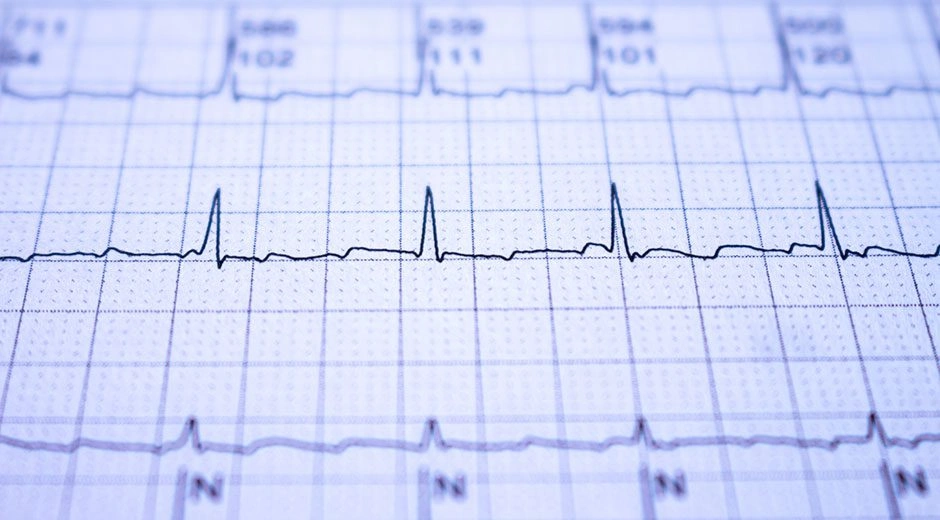The month of January is dedicated to raising awareness about thyroid disease. According to the American Thyroid Association, over 12% of Americans (20 million) will develop a thyroid condition. Thyroid disease affects women more often than men, and up to 60% of people with thyroid disease are unaware that they have a health problem.
THE ROLE OF THE THYROID GLAND
The thyroid gland is a butterfly-shaped endocrine gland located in the lower front of the neck, in front of the windpipe, just below the Adam’s apple and above the collarbones. The thyroid gland secretes hormones that regulate metabolism—the process of converting nutrients in food into energy. This process generates heat and energy for all the organs in the body.
Thyroid hormone is vital to normal brain development, digestion, muscle control, and energy and mood regulation. Iodine, a mineral found in iodized table salt, seafood, bread, and milk, is required by the thyroid gland to produce thyroid hormone.
The thyroid gland extracts iodine from the blood and uses it to produce two types of thyroid hormone:
- Tetraiodothyronine or Thyroxine (T4)
- Triiodothyronine (T3)
The thyroid gland stores thyroid hormone and releases it when the body demands more. Once it is released from the thyroid gland, it travels through the blood bound to proteins and binds to receptors on the surface of cells.




